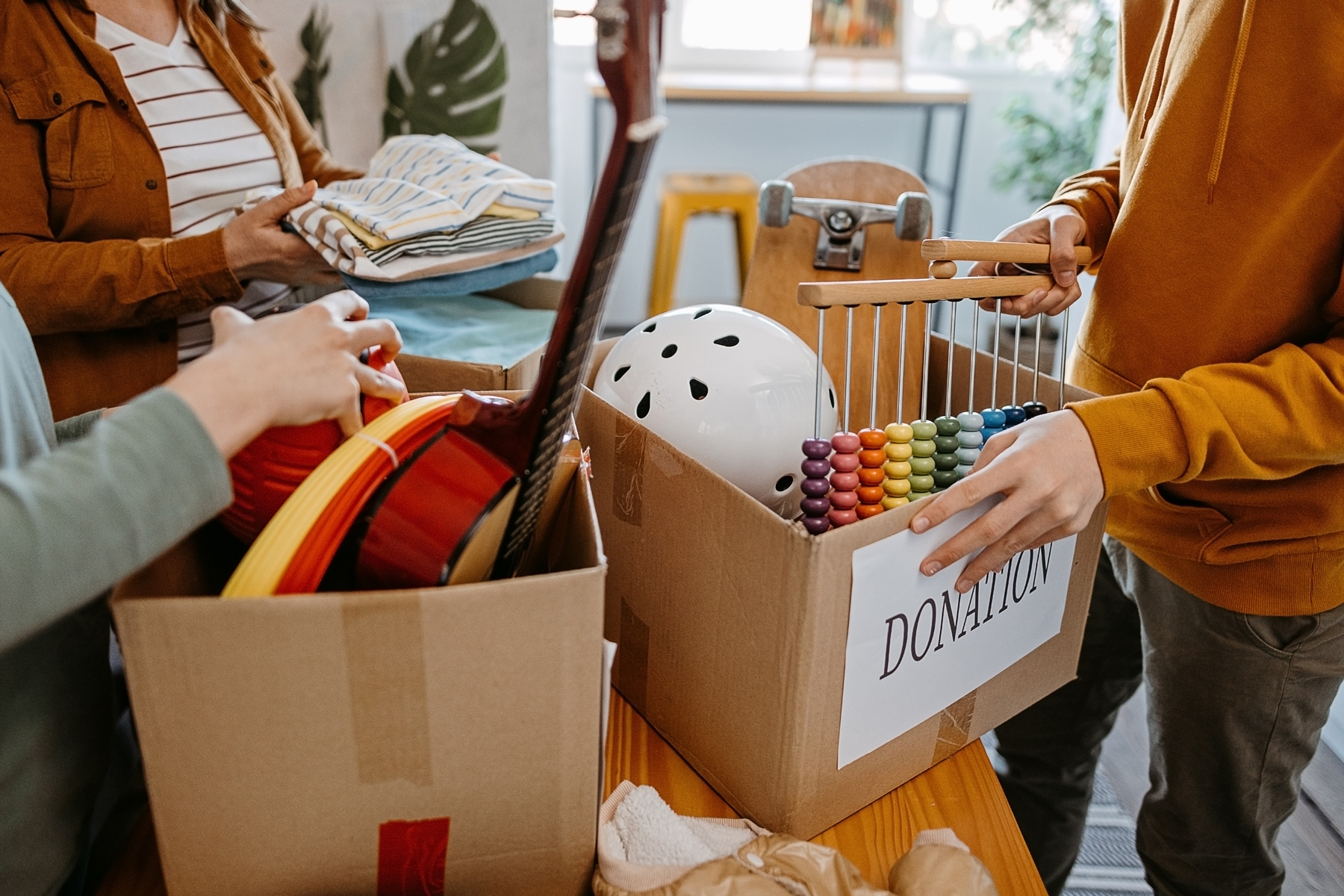
|
By Mike Isbell
University of Georgia
I’ve been putting off redoing the landscaping at my house for a
long time now. This may be the year I finally break down and redo
it.
When we first moved into our house, I tried using the existing
plant material around the foundation in a landscape plan. In some
places I added plants. In others I removed some.
But I just couldn’t figure out a way to develop a new landscape
plan using the existing plants and make it look right.
So I’m going to start over from scratch — well, at least I think
I am.
If I do, I’ll have several things to consider besides the design
of my landscape plan.
House overhang. I won’t plant
shrubs underneath the eave of my house, because I’m not willing
to water the shrubs any more than I have to. I’ll let the rain do
most of my watering.
Drainage. There’s only one area in
my yard that has poor drainage and where the soil is usually wet.
I won’t plant anything there that won’t thrive in wet soil. I
definitely won’t plant azaleas there.
Light requirements. Most plants do
well in either sun or light shade, while others require more
shade. I’ve got sunny areas and shady areas, so I’ll need to know
the light requirements for the plants I choose.
Tree competition. Planting shrubs
directly underneath shallow-rooted trees, such as elm and maple,
will result in water shortage to the shrubs during a great deal
of the growing season unless they’re watered. And, as I said, I
don’t want to have to water.
Winter protection. I like
cold-hardy plants. Period. I don’t want to worry about the plants
in my yard being injured in below-freezing temperatures. I’m
going to select plants adapted to the plant-hardiness zone where
I live.
Mature size. Shrubs come in all
shapes and sizes. It’s important to know the mature size of
plants before they’re planted. I don’t want to find out several
years from now that I planted them too close together. And I
don’t want to discover a plant has turned into a big, green glob,
covering up the window.
Disease- and insect-resistant. To
heck with having to spray something to keep diseases and insects
at bay. I want a plant that nothing wants to grow on and nothing
wants to eat.
I know there are many beautiful plants I won’t even consider
planting just because they don’t meet my requirements. But that’s
just me.
Now, if I can just get started.
(Mike Isbell is the Heard County Extension Coordinator with
the University of Georgia College of Agricultural and
Environmental Sciences.)




